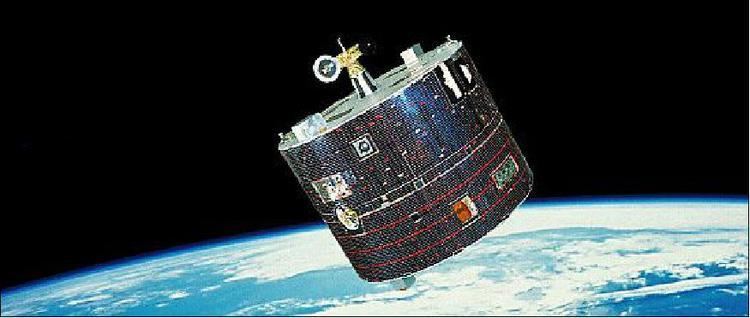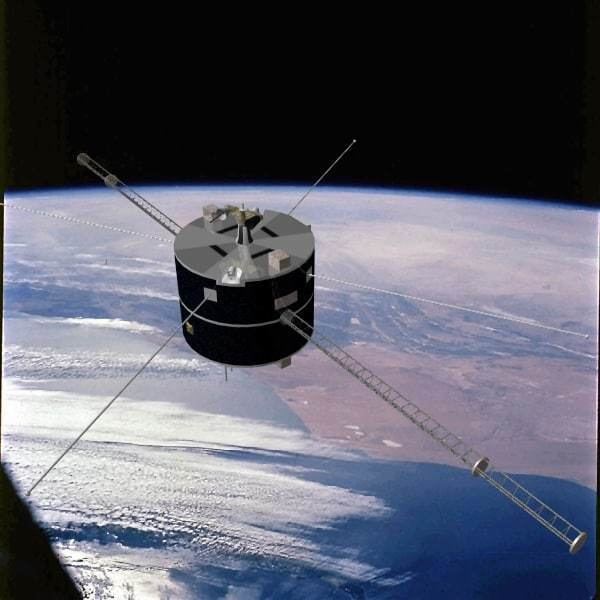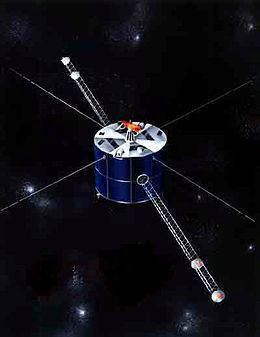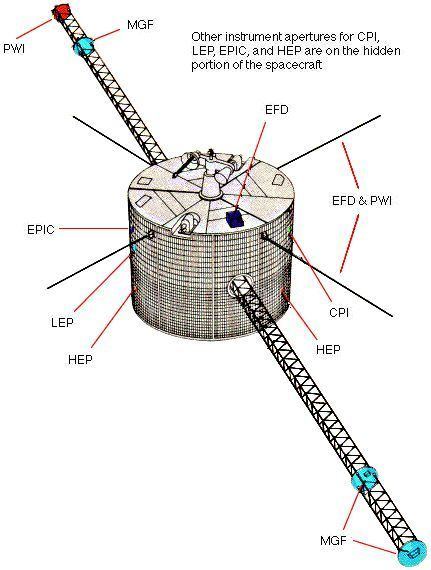COSPAR ID 1992-044A Mission duration 20 years (planned) Inclination 10.51° Period 5.2 days | SATCAT no. 22049 Launch date 24 July 1992 Inclination 10.51° Launch mass 980 kg | |
 | ||
Website www.stp.isas.jaxa.jp/geotail/ Similar WIND, Arase, Akebono, Polar, Hiten | ||
Geotail is a satellite observing the Earth's magnetosphere. It was developed by Japan's ISAS in association with the United States' NASA, and was launched by a Delta II rocket on July 24, 1992.

From the Geotail website (listed below): "The Geotail satellite was launched on July 24, 1992, by a Delta II launch vehicle from Cape Canaveral Air Force Station, Florida, United States. The primary purpose of this mission is to study the structure and dynamics of the tail region of the magnetosphere with a comprehensive set of scientific instruments. For this purpose, the orbit has been designed to cover the magnetotail over a wide range of distances: 8 R⊕ to 210 R⊕ from the earth. This orbit also allows us to study the boundary region of the magnetosphere as it skims the magnetopause at perigees. In the first two years the double lunar swing-by technique was used to keep apogees in the distant magnetotail. The apogee was lowered down to 50 R⊕ in mid November 1994 and then to 30 R⊕ in February 1995 in order to study substorm processes in the near-Earth tail region. The present orbit is 9 R⊕ × 30 R⊕ with inclination of -7° to the ecliptic plane."

Geotail instruments studied electric fields, magnetic fields, plasmas, energetic particles, and plasma waves.
In 1994 the principal investigator of the Plasma Wave Instrument (PWI), the experiment complement, was Professor Hiroshi Matsumoto of Kyoto University, with co-investigators from NASA, the University of Iowa, and STX Corporation. Geotail is an active mission as of 2015. Geotail, WIND, Polar, SOHO, and Cluster were all part of the International Solar-Terrestrial Physics Science Initiative (ISTP) project.

Discoveries

Geotail data has been used to show that flux transfer events move faster than the ambient medium through the Magnetosphere. Those within the Magnetosheath were shown to move both faster and slower than the ambient medium.



